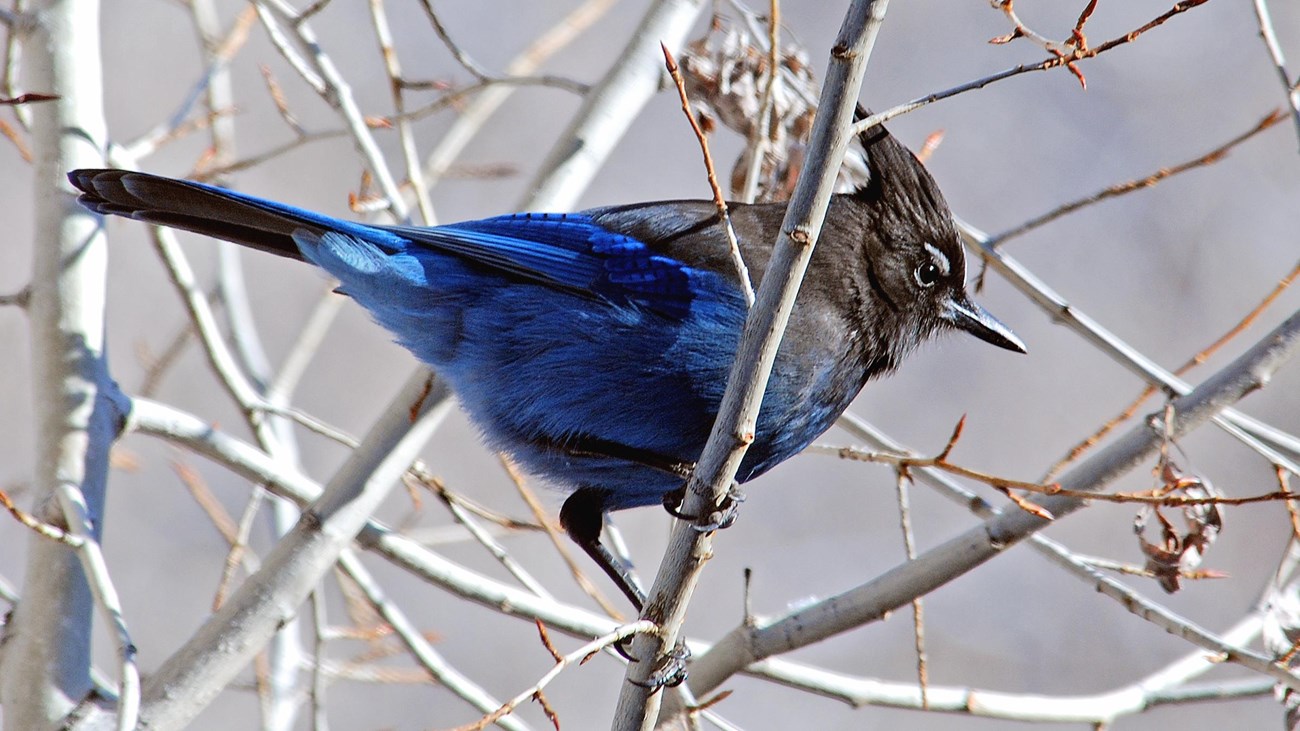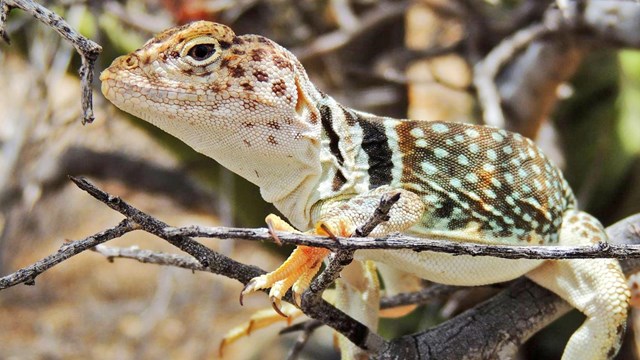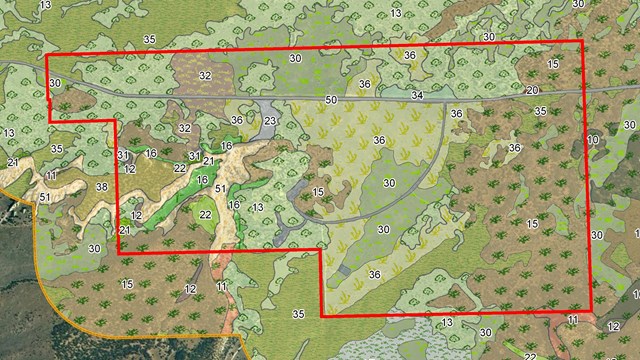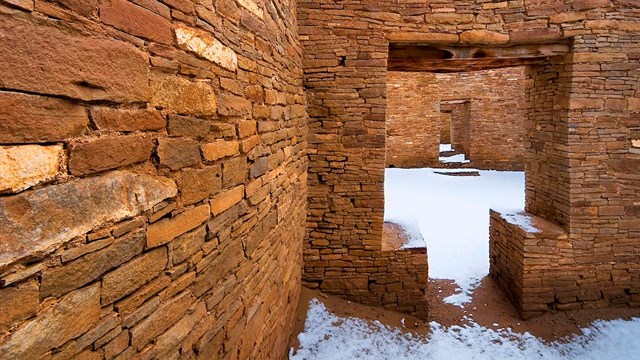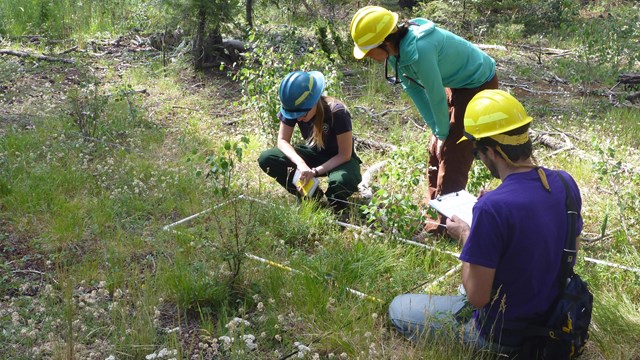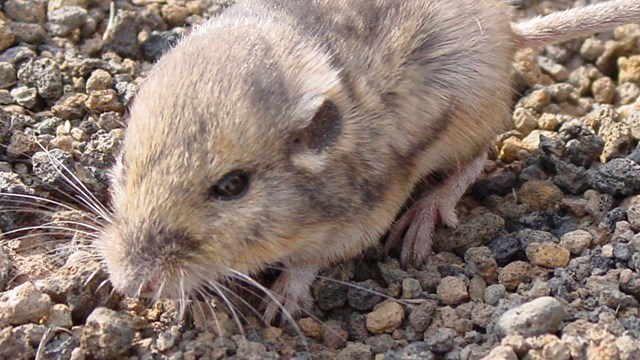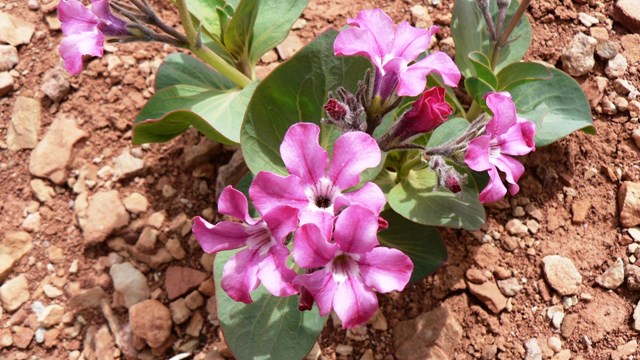Welcome
This site is dedicated to understanding and preserving the unique resources of the American Southwest through science and education. It delivers information about the natural and cultural resources of the region and about scientific activities underway. The primary focus is to present the results of research and monitoring to land managers, students, researchers, policy makers, and the interested public, and to promote mission-oriented research within the region.

